Officials have closely been watching Lake Mead’s water levels this past year, especially during ongoing heat waves seen throughout the West Coast of the United States.
Lake Mead, the U.S.’s largest man-made reservoir, has some analysts worried, as its water level is down from what was recorded just last month. However, there are some positive signs that the reservoir may continue to recover.
An Important Reservoir
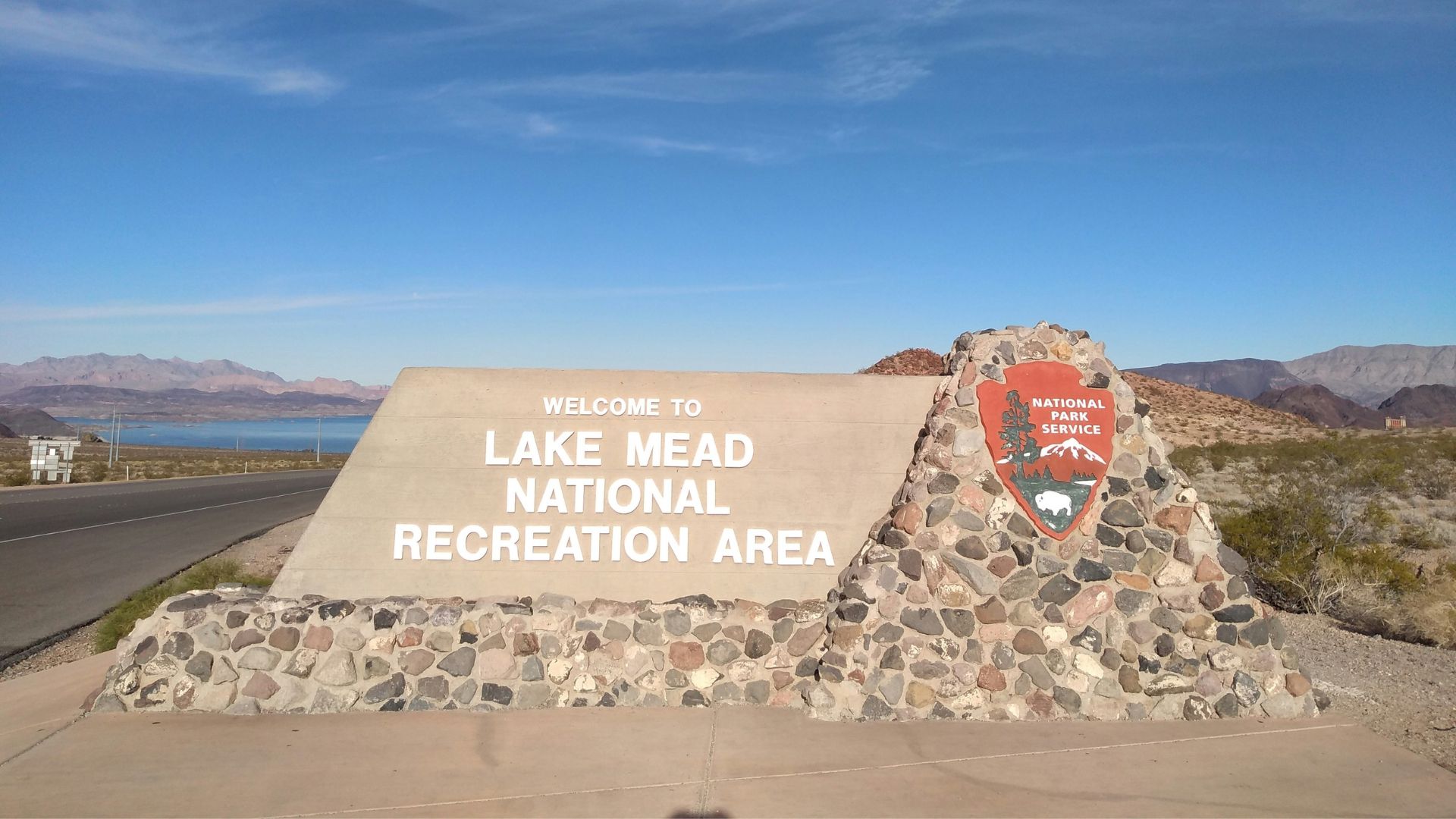
Lake Mead isn’t just the largest reservoir in the entire country. It’s also an important lake for 25 million people who live on the west coast.
This Arizona-Nevada reservoir has been through many tough challenges in the past few years, mainly thanks to ongoing droughts that have caused the lake’s water levels to plummet to almost unbearable lows.
A Recovery Process
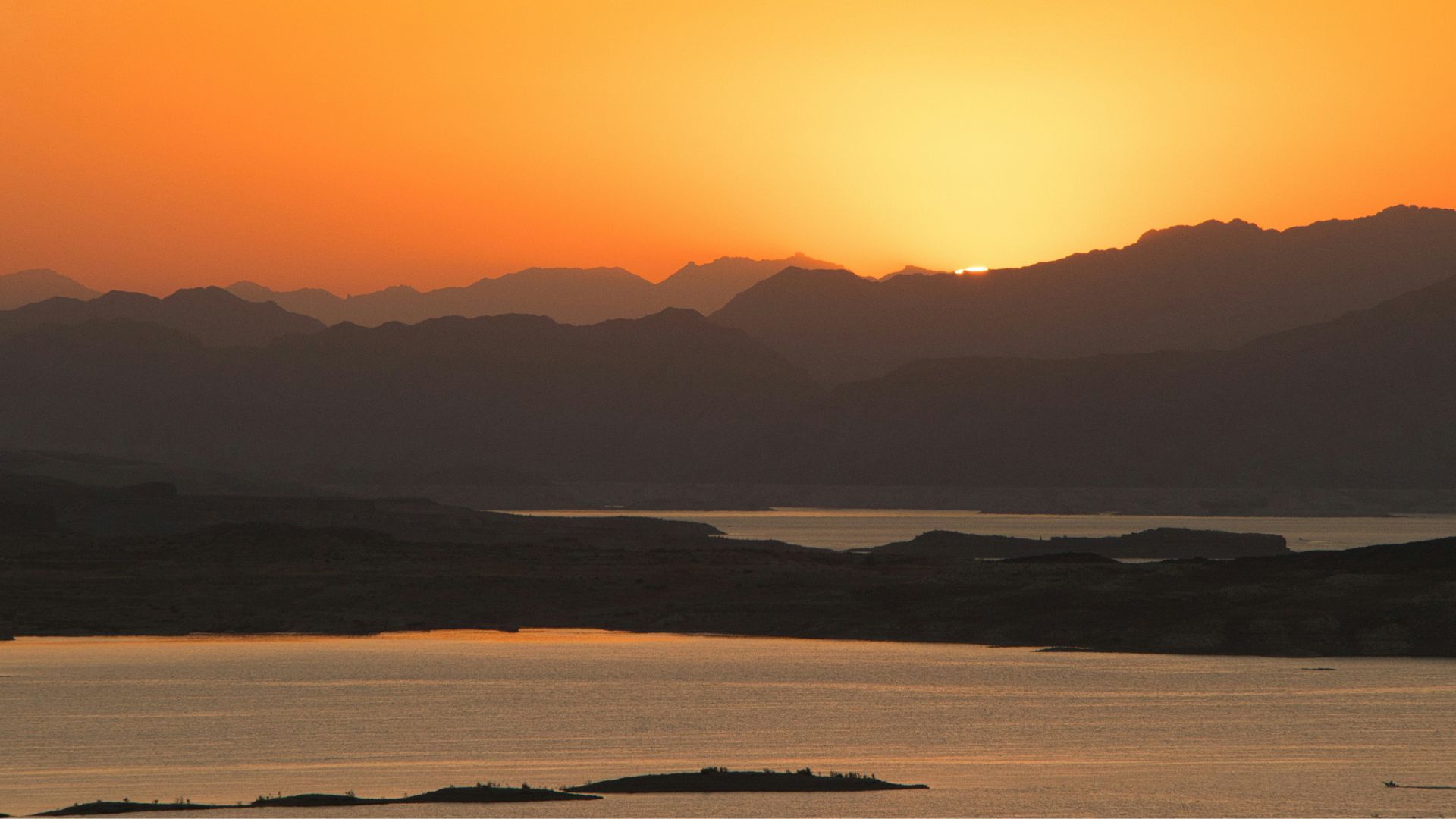
In the last year, positive progress was made regarding Lake Mead. Water levels had begun to recover, thanks to the unusual wet weather the region experienced.
However, many concerns remain — and officials are continuing to keep a close eye on the reservoir to ensure its levels don’t drop down once again.
New Recordings
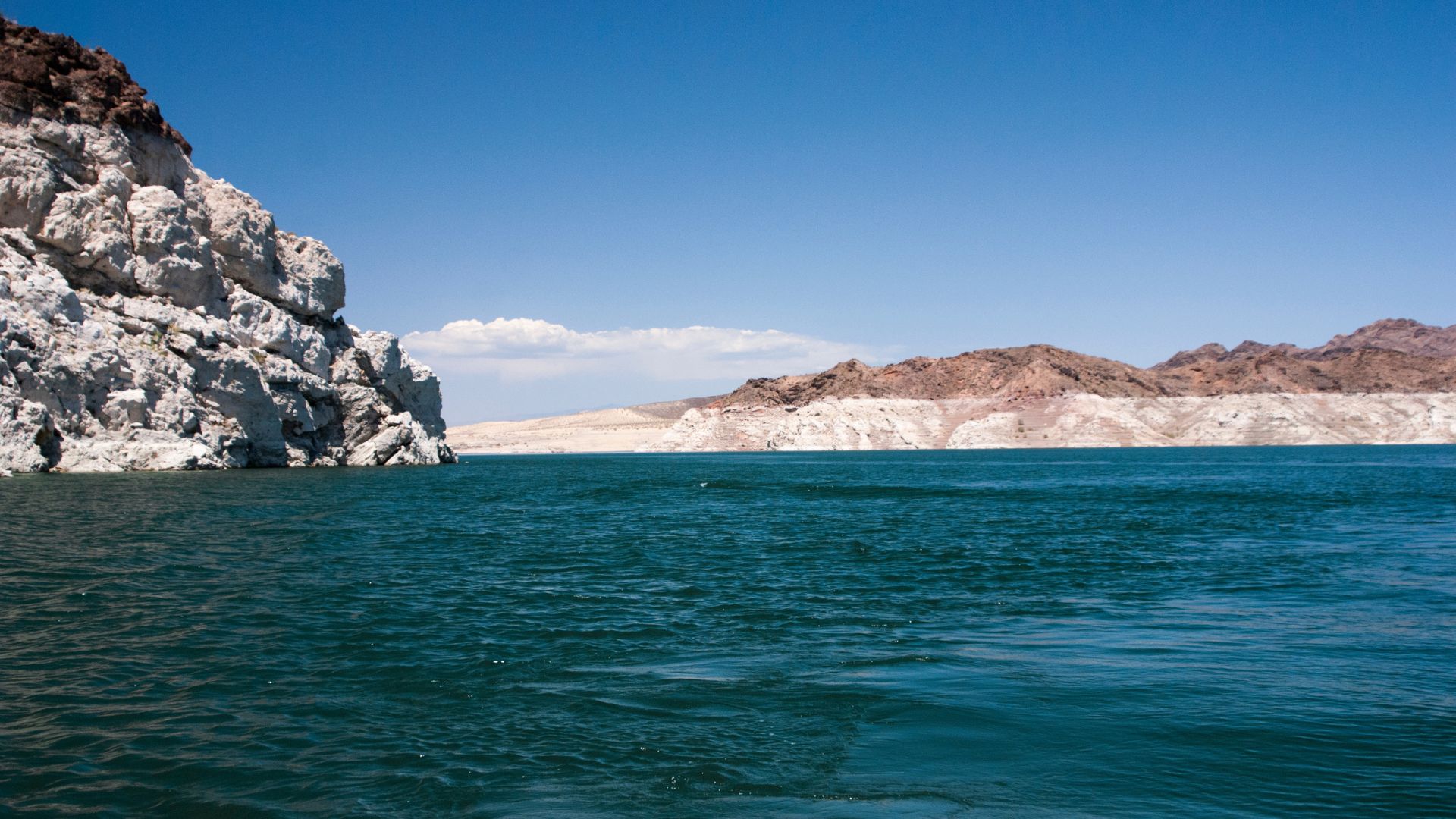
Authorities have recently conducted measurements of Lake Mead’s water levels this month. In June, the lake’s water levels were at about 1,063.94 feet above sea level.
This is down just slightly from the 1,067.08 feet above sea level that was recorded last month. While this isn’t the most positive news for officials, it isn’t terribly bad.
A Full Lake Mead
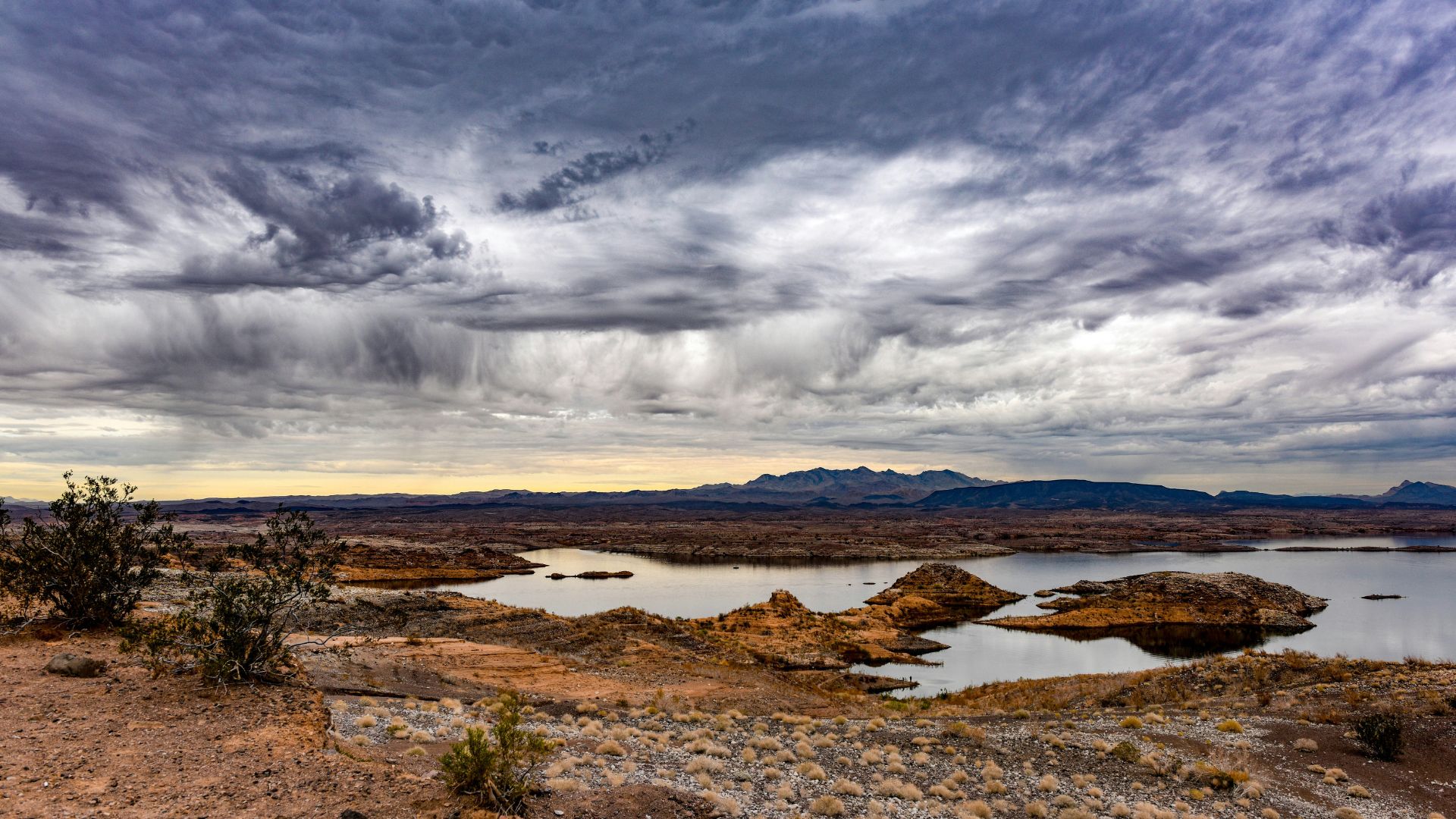
Officials have also revealed that this latest water level recording is about 165.06 feet below Lake Mead’s full pool level, which is 1,229 feet.
While authorities would like to see Lake Mead get to this full capacity, it’s worth noting that the levels seen this month are still higher than what was recorded last year around the same time, which saw the reservoir at 1,055 feet.
A Slow Climb

This latest data release comes as Lake Mead has seen a slow and steady climb in its water levels over the past few months. Though June has seen a decline, the beginning of 2024 experienced steady growth.
However, March also saw a decline. Therefore, it appears the reservoir’s water levels will continue to fluctuate, which experts say is normal to see throughout the changing of the seasons.
Lake Mead Is Under Watch
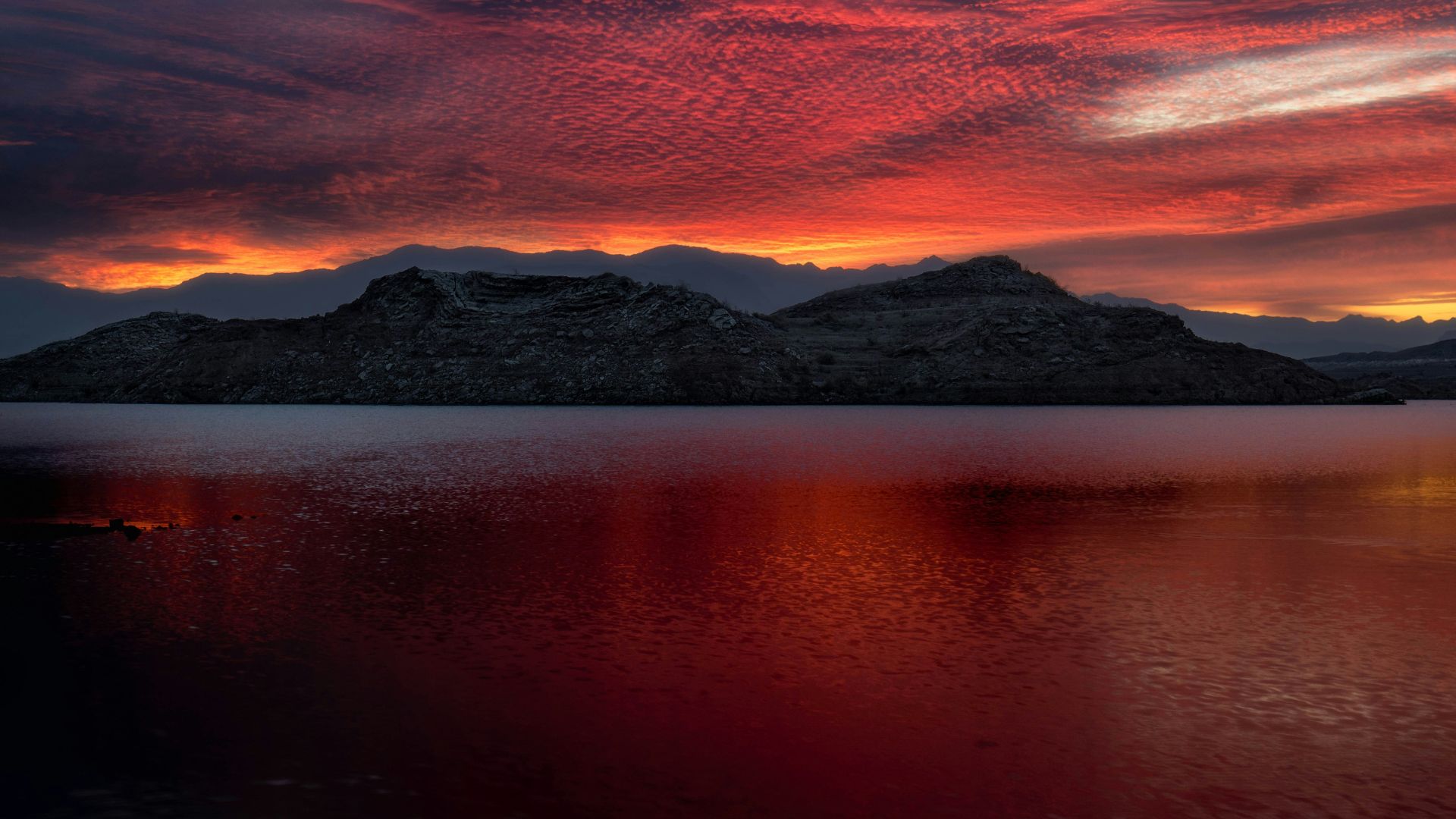
Though all of this data together points to positive signs that Lake Mead is recovering from its lows experienced during past droughts, officials are still keeping a close eye on it.
As a decline has just been recorded, experts will want to ensure that the reservoir doesn’t decline again in water levels for the second month in a row. If it does, this could harm the millions in the region that rely on this lake.
Analyzing Lake Powell
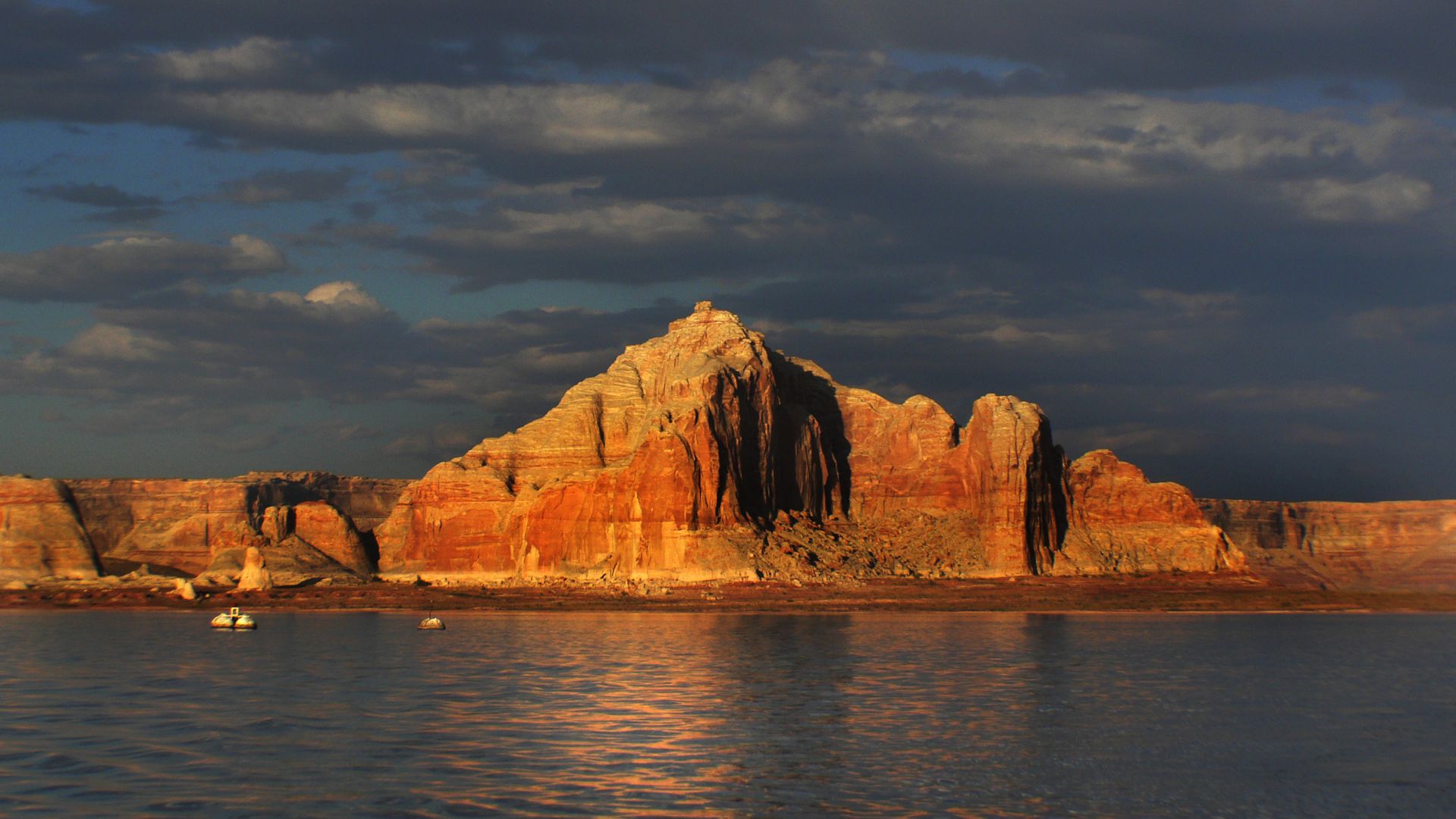
Officials are also keeping a close eye on Lake Powell, which is near Lake Mead and is also attached to the Colorado River. Lake Powell suffered from the drought a few years ago, similar to Lake Mead.
Unfortunately, both lakes have seen declines in their water levels this year, even after positive increases seen at the beginning of 2024.
Explaining the Water Levels
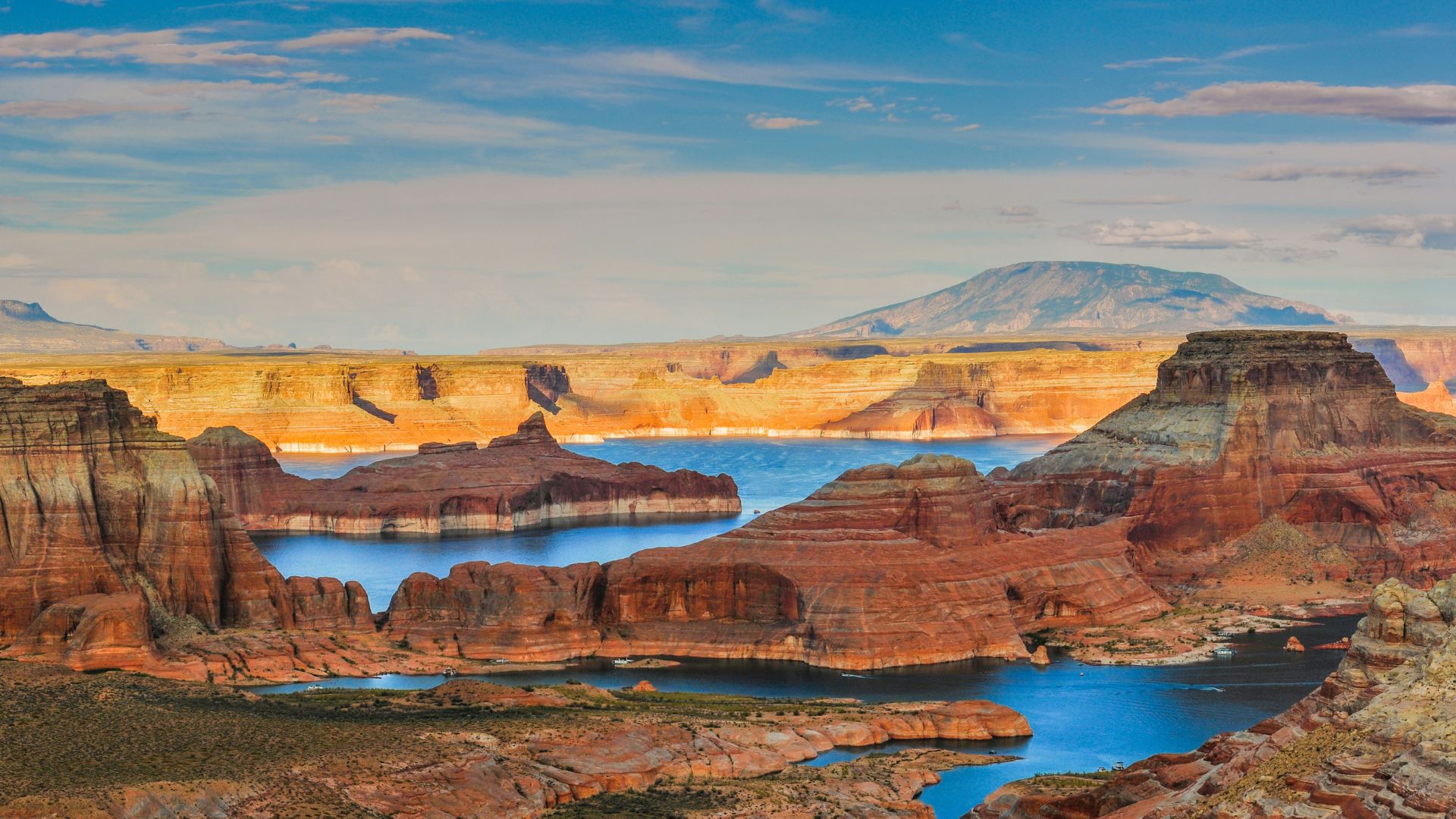
Jennifer Pitt, the director of the National Audubon Society’s Colorado River Project, further explained the data revolving around these two lakes.
Pitt said, “Lake Powell does not get a lot of inflow over the winter while much of the snow remains frozen on the mountaintops, but it continues to release water downstream. Since January 1, the water in storage at Lake Powell has decreased by about 8% (640,000 acre-feet). Lake Mead, which receives water released from Lake Powell, and makes releases to water users downstream, has since January 1 increased by about 7% (600,000 acre-feet).”
A Bad Drought in 2022
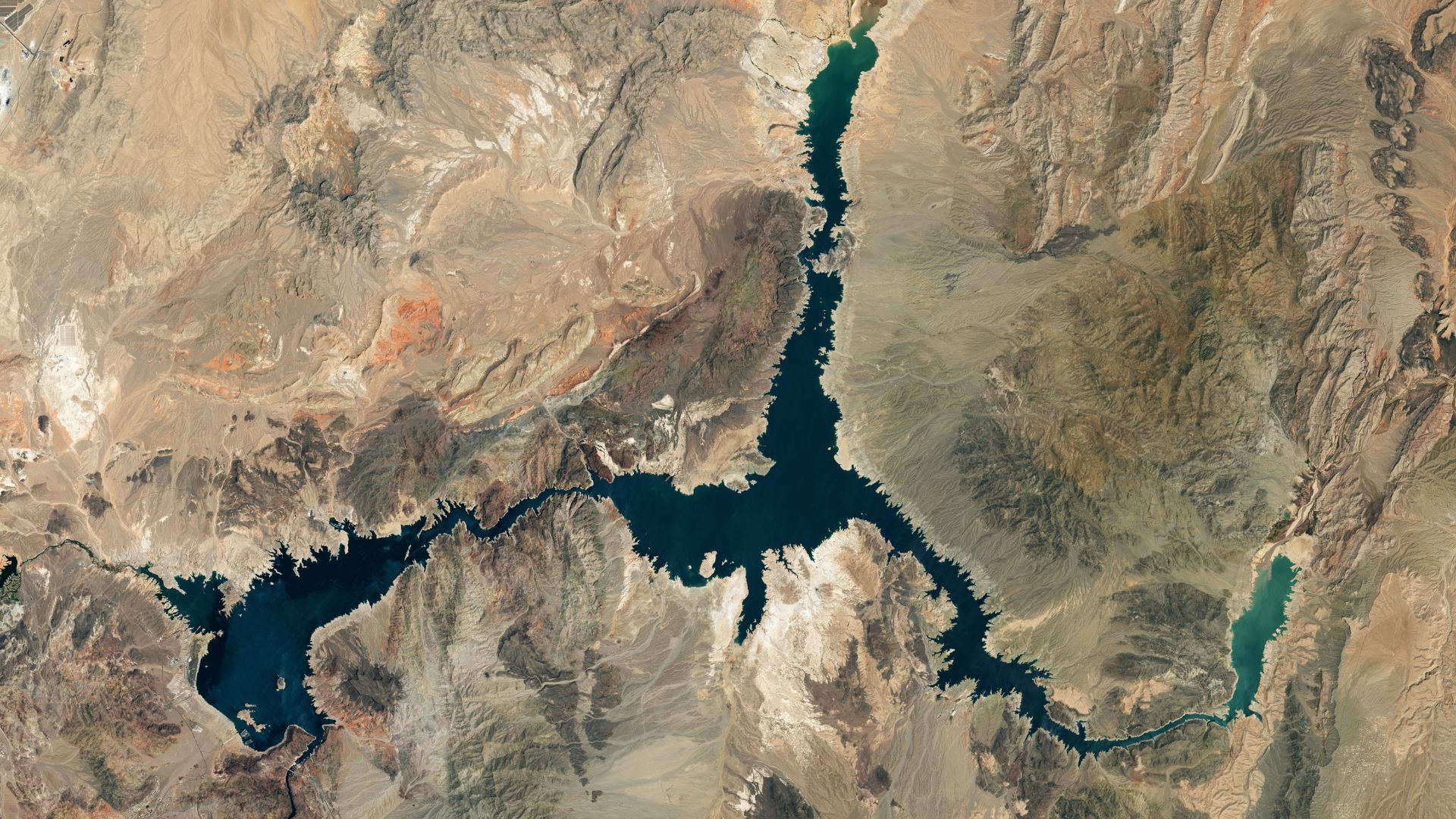
While various droughts have affected Lake Mead throughout the years, 2022 was a particularly bad year for the U.S.’s largest reservoir.
In 2022, Lake Mead hit its lowest recorded water level of only 1,040 feet. This occurred in July, during a hot summer month during a year when many neighboring regions were going through a severe drought that only worsened water conditions.
Heat Waves and Droughts

Many experts have concerns that this summer — which many worry may be filled with excessive heat and various heat waves in the west — may further cause Lake Mead’s water levels to fall.
Often, heat waves and droughts can work together hand in hand. As Lake Mead’s region has been known to suffer from droughts, officials are worried water levels could continue to quickly fall.
Implementing Water Conservation Measures
To deal with these worries, officials have tried to implement certain water conservation measures.
For example, the Lower Colorado River Basin states have even pushed for creating efficiency improvements in both urban and agricultural areas, including restricting water use in some cases.
